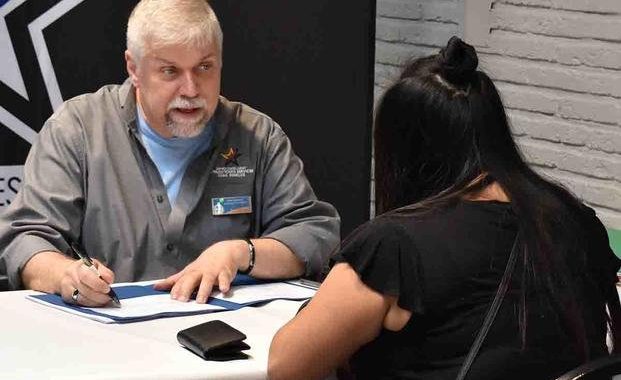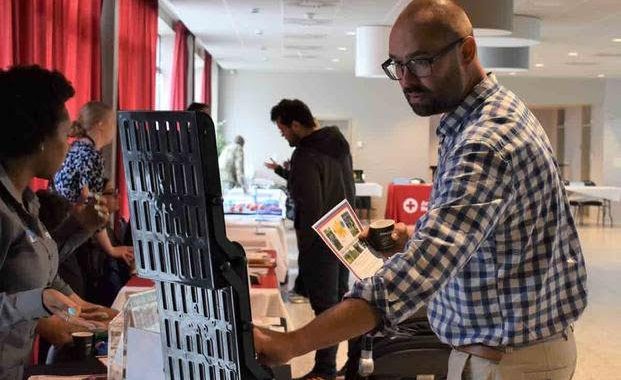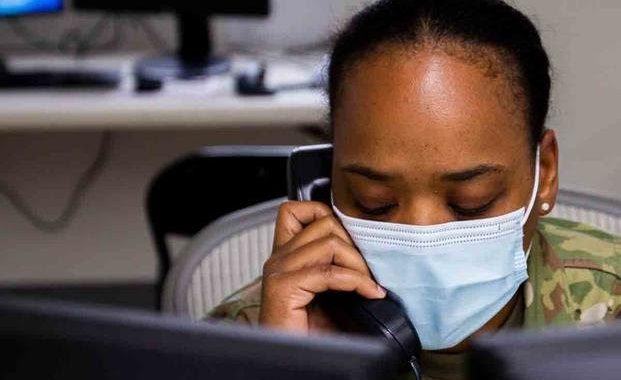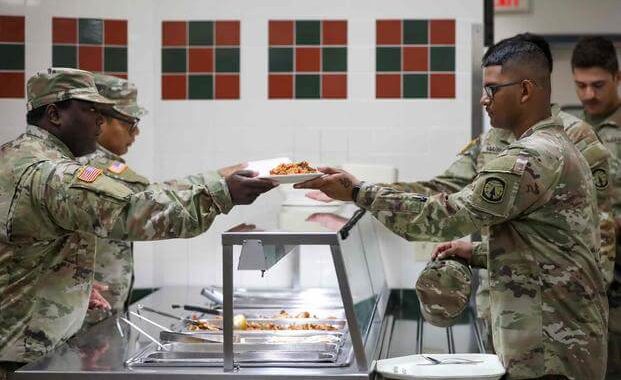Virtual Reality Provides New Training Opportunities
3 min read
CANNON AIR FORCE BASE, NM, UNITED STATES
Story by Senior Airman Vernon Walter
27th Special Operations Wing Public Affairs
CANNON AFB, N.M. – The world of technology constantly changes and provides endless possibilities. The Air Force has started to utilize one of these new technologies for the constant training that medical Airmen require to be up to date.
Enduvo is a virtual reality software that allows users to not only take part in lessons, but to create their own as well. With this capability, the Air Force can provide in-depth training to Airmen in duty stations that would normally have to travel to complete their education.
“In many career fields, Airmen need training that they just can’t get on station,” said Capt. Chad Carter, 27th Special Operations Operational Medical Readiness Squadron dental support element chief. “Medical Airmen might need to be away to a larger unit to have hands-on experience with emergency response training. VR can put people in real-world scenarios without risks, and allows people to experiment at their own pace and learning style without the chance of real failure.”
Enduvo was first awarded the Air Force Small Business Innovation Research Phase I contract. This award allowed Enduvo to analyze and assess the need for its platform and how the Air Force could use it as a solution for distributed immersive training. Enduvo subsequently was awarded a SBIR Phase II that will be used to accelerate and deploy its solutions at planned locations.
“The SBIR program is extremely valuable to companies like Enduvo,” said Joan Spindel, Enduvo Chief Marketing Officer. “It allows us to work across different use cases and better understand the needs of both military and commercial customers. This knowledge is used to prioritize our features and enable us to deliver the best possible solution for Airmen.”
In lessons, there can be a variety of tools available to participants. Notes can be hanging above a table, or there could be a virtual instructor that the user can pause and rewind. From there, they can explore a variety of informational media hanging in the air around them, and even enlarge an object – like a three-dimensional heart – to the point where they can walk inside it.
“This tool provides people with so many ways to learn,” Carter said. “Logistics Airmen can go through fuel lines and see things they might not get to see. A maintenance Airman can learn how to operate machines they might not have access to at their base. VR overcomes the restrictions that people might have in other forms of learning because it offers a multitude of them at their fingertips.”
The primary capability of the software is the ease of access for lessons to be created and taught. It allows training to be distributed across geographic boundaries in consistent formats.
“The program enables units to have a standardized blueprint for training,” said Dr. Teresa Riech, Enduvo medical and military training advisor. “For example, training can be created in Fort Sumner and shared with learners at Yokota. It’s not a full replacement for on-the-job training, but it has a lot of value to provide.”
The program was used at Cannon’s 2019 Medic Rodeo as a training station to assess the usefulness of the program. From there, it has been used at the 27 SOOMRS. Currently, there are plans to establish an area to provide access to the VR system at all times for more training opportunities.
“There’s so much to do with this program,” Carter said. “I’ve already seen what it can do first-person, and I’m excited for how much it can grow to help the mission down the line by giving expert trainers the immediate ability to create quality immersive training for their teams.”








